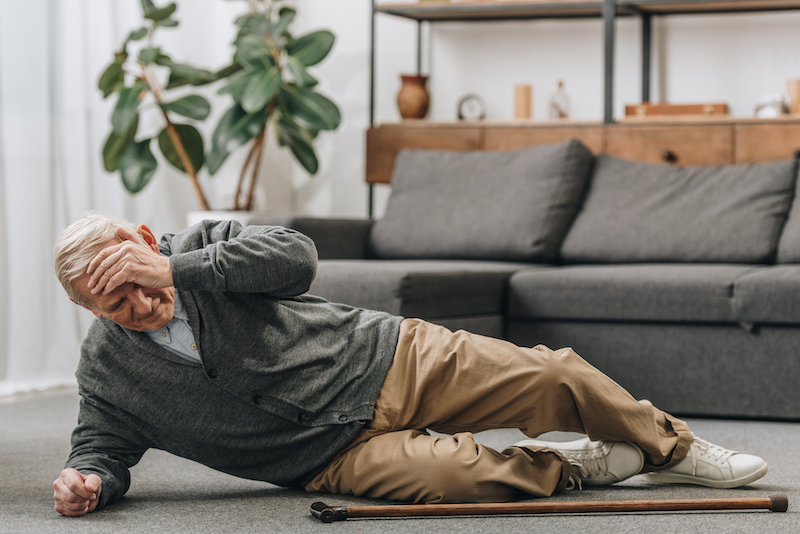How to Get Up Safely After Taking A Fall

Falling is a part of life, and it can happen to anyone, regardless of age or physical ability. Whether it occurs due to a momentary lapse of balance, slippery surfaces, or other unforeseen circumstances, knowing how to get up safely after a fall is crucial to minimize the risk of injury. This article provides practical tips and techniques to help you regain your footing and recover safely after taking a fall.
- Assess the Situation: After a fall, take a moment to assess your surroundings and your body. Determine if you are in immediate danger or if any injuries have occurred. If you’re in a hazardous area, such as a busy street or near sharp objects, it’s essential to move to a safer location before attempting to get up.
- Stay Calm and Breathe: Remaining calm is crucial after a fall. Take slow, deep breaths to help yourself relax and regain composure. Panic can make it difficult to think clearly and may increase the risk of further injuries.
- Check for Injuries: Perform a self-evaluation to identify any potential injuries. Assess your body for pain, tenderness, swelling, or any obvious signs of trauma. Pay particular attention to the head, neck, back, and joints. If you suspect a severe injury, such as a broken bone or head trauma, avoid moving and seek immediate medical attention.
- Roll to Your Side: If you’re confident that you haven’t sustained any serious injuries and feel capable of getting up, start by rolling onto your side. Bend the leg that’s closest to the ground, and use your arm to support your upper body. This technique allows you to protect your spine and maintain stability during the transition from the ground to a seated position.
- Rest and Evaluate: Once you’re on your side, take a moment to rest and assess your physical condition. This break will help you determine if you’re able to continue getting up or if you require assistance. Listen to your body and proceed cautiously.
- Prop Yourself Up: If you feel ready to proceed, use your arms and hands to prop yourself up into a seated position. Place your hands on the ground and push your upper body off the floor while keeping your head in line with your spine. Take your time, and move slowly to avoid dizziness or further injury.
- Find Stable Support: Look for a sturdy object nearby that you can use for support. This could be a chair, a countertop, a wall, or any other stable surface. Use the support to help you rise to a standing position gradually.
- Use Proper Body Mechanics: Maintaining good body mechanics during the process of getting up is essential for minimizing strain and preventing additional injuries. Keep your back straight, engage your core muscles, and distribute your weight evenly as you transition from sitting to standing. Avoid sudden movements or jerks that may put unnecessary stress on your joints.
- Take It Slow: Moving slowly and deliberately is key to safely getting up after a fall. Rushing or attempting to regain your balance too quickly can lead to a loss of stability and potentially cause a second fall. Use your support and take small steps until you feel confident in your balance.
- Seek Medical Attention: Even if you don’t initially feel any significant injuries, it’s advisable to consult a healthcare professional after a fall, especially if you experience persistent pain, dizziness, or any unusual symptoms. Some injuries may not be immediately apparent, and a medical evaluation can help identify and address any underlying issues.
Knowing how to get up safely after taking a fall is crucial for minimizing the risk of further injury. By staying calm, assessing the situation, and following the step-by-step guidelines outlined in this article, you can navigate the process effectively. Remember, if you’re unsure about your condition or experience severe pain, always consult a healthcare professional to ensure your well-being and recovery.
FREE BROCHURE Today!
